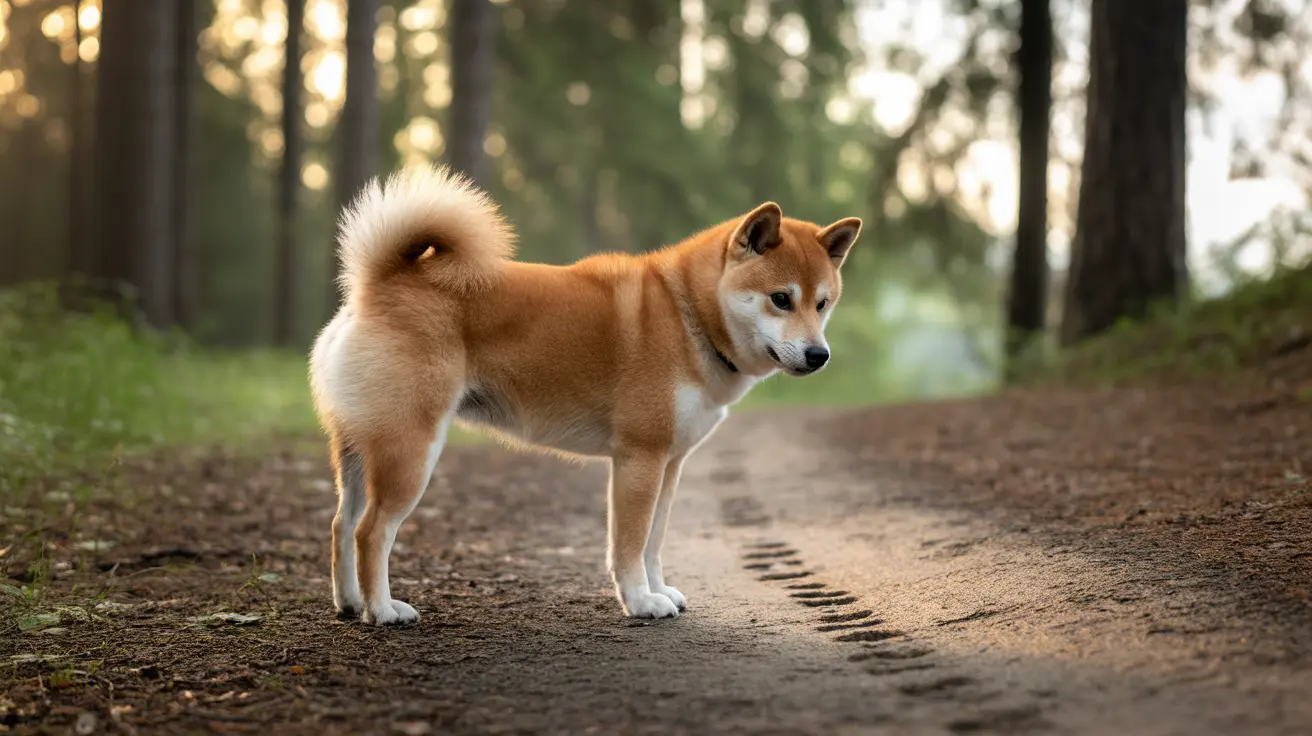For outdoor enthusiasts, wildlife watchers, and concerned pet owners, being able to distinguish between coyote and dog tracks is an essential skill. While these canine cousins may leave similar-looking prints, there are several key differences that can help you make an accurate identification. This comprehensive guide will walk you through the distinctive features of coyote paw prints versus dog tracks, helping you become more confident in your tracking abilities.
Understanding Track Shape and Structure
The most fundamental difference between coyote and dog tracks lies in their basic shape and structure. Coyote tracks typically present as oval and compact, with all toes and claws aligned in a forward direction. This creates a streamlined, efficient print that reflects their wild nature. One of the most distinctive features of a coyote track is the "X" pattern formed by the negative space between the toes and the main pad.
Dog tracks, in contrast, appear more rounded and spread out. The toes often splay outward, creating a less precise impression that mirrors their domesticated lifestyle. This difference in track structure is directly related to how these animals move and use their paws in their respective environments.
Size and Measurement Characteristics
Coyote tracks typically measure between 2.5 to 3.5 inches in length, maintaining a consistent oval shape. While size alone isn't a definitive identifier due to the variety of dog breeds, coyote prints tend to be more uniform in their dimensions.
Dog tracks can vary significantly in size but are generally wider relative to their length compared to coyote prints. The splayed toes of dog tracks create a broader overall impression, even in similarly-sized breeds.
Claw Marks and Pad Impressions
Both species have non-retractable claws, but their impressions differ notably. Coyote claw marks appear as precise, thin impressions that hug close to the toe pads. These marks often look like small pin pricks in the soil or snow.
Dog claw marks tend to be broader and more pronounced, often pointing outward at varying angles. Even when trimmed, dog nails typically leave blunter, more curved impressions due to regular contact with hard surfaces.
Trail Patterns and Movement
One of the most reliable ways to distinguish between these tracks is by observing the overall trail pattern. Coyotes typically travel in straight lines, practicing what trackers call "direct registering," where their back paws step precisely into the prints left by their front paws. This creates a neat, single-file line of tracks.
Dog trails show much more variation, often meandering with overlapping prints and irregular spacing. This reflects their more casual, exploratory walking style and lack of need for energy conservation.
Environmental Context and Location
Understanding where you're likely to find these tracks can provide valuable context for identification. Coyote tracks are most common in natural areas, though they increasingly appear in suburban regions as these animals adapt to urban expansion. These tracks often appear alongside other wildlife signs and typically follow natural corridors.
Dog tracks are ubiquitous in human-populated areas and are frequently accompanied by human footprints or other signs of domestic activity. They're commonly found on established trails, in parks, and around residential areas.
Frequently Asked Questions
How can I tell if a track is from a coyote or a dog based on its shape and size?
Look for an oval, compact shape with aligned toes and claws for coyote tracks, versus a rounder, more splayed appearance for dog tracks. Coyote tracks typically measure 2.5-3.5 inches long, while dog tracks vary widely but are usually wider proportionally.
What are the key differences in claw impressions between coyote and dog tracks?
Coyote claw marks appear as thin, precise impressions close to the toe pads, while dog claw marks are usually broader, more pronounced, and often point outward at various angles.
How do coyote and dog walking patterns differ, and why is this important for identification?
Coyotes typically walk in straight lines with their tracks forming a single-file pattern, while dogs leave more irregular, meandering trails. This difference reflects the wild versus domestic nature of these animals.
What are some common places where I might find coyote tracks, and how can I distinguish them from dog tracks in those areas?
Coyote tracks are typically found in natural areas, along game trails, and increasingly in suburban areas. Look for straight-line patterns and the absence of human footprints. Dog tracks are more common in developed areas and are usually accompanied by human tracks.
How can I improve my skills in identifying coyote versus dog tracks in different environments or conditions?
Practice observing multiple tracks in sequence rather than focusing on single prints. Study tracks in various conditions (snow, mud, sand) and look for consistent patterns. Consider taking a tracking workshop or using field guides for reference.






